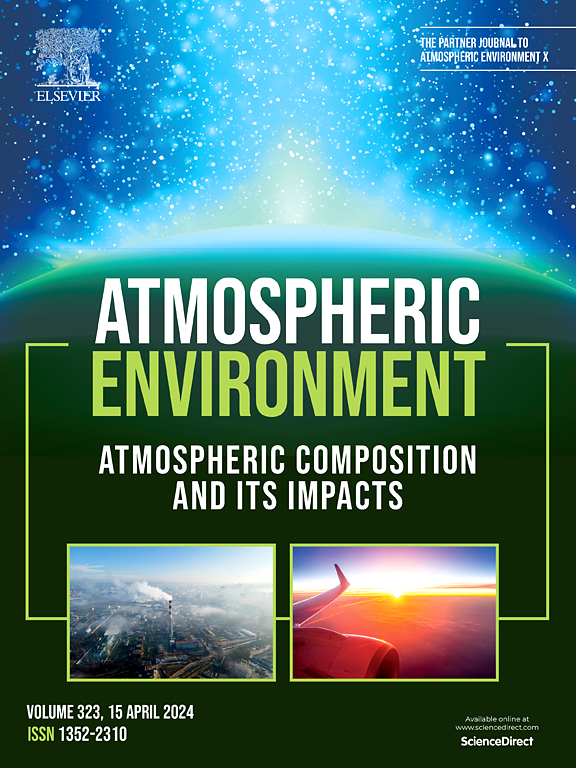利用被动采样评估个人接触小型干洗设施中挥发性有机化学物质(VOC)的情况
IF 4.2
2区 环境科学与生态学
Q2 ENVIRONMENTAL SCIENCES
引用次数: 0
摘要
本研究使用优化的 ePTFE 被动采样器,对 50 名来自小型干洗设施的工人进行了个人接触挥发性有机化合物 (VOC) 的评估,分析了 13 种 VOC。在平均接触水平下,发现三氯乙烯(TCE)有明显的非致癌风险,而苯乙烯、苯、乙苯、二氯乙烯(DCE)和全氯乙烯(PCE)这五种化合物则有致癌风险。工人最常报告的是健康变化(48%),其次是皮肤干燥(24%)、疲劳(22%)、皮肤刺激(20%)和眼睛疲劳(20%)等具体症状,所有这些症状都与工作场所接触不同的挥发性有机化合物有关。这些发现突出表明,有必要对工作时间进行持续监测并制定相关准则,特别是在小型工作场所。干洗设施排放的挥发性有机化合物不仅对工人的健康构成直接威胁,而且还会造成环境污染,因此在这些企业中采取积极的管理和控制措施非常重要。本文章由计算机程序翻译,如有差异,请以英文原文为准。

Evaluation of personal exposure to volatile organic chemicals (VOCs) in small-scale dry-cleaning facilities using passive sampling
This study evaluates personal exposure to volatile organic compounds (VOCs) in 50 workers from small-scale dry-cleaning facilities using optimized ePTFE passive samplers, analyzing 13 VOCs. At mean exposure levels, significant non-carcinogenic risks were identified for trichloroethylene (TCE), while carcinogenic risks were confirmed for five compounds: styrene, benzene, ethylbenzene, dichloroethene (DCE), and perchloroethylene (PCE). Workers most frequently reported health changes (48 %), followed by specific symptoms such as dry skin (24 %), fatigue (22 %), skin irritation (20 %), and eye fatigue (20 %), all of which were associated with exposure to different VOCs in the workplace. These findings highlight the need for continuous monitoring and guidelines regarding working hours, particularly in small-scale workplaces. The VOC emissions from dry-cleaning facilities not only pose direct health risks to workers but also contribute to environmental pollution, highlighting the importance of proactive management and control measures in these businesses.
求助全文
通过发布文献求助,成功后即可免费获取论文全文。
去求助
来源期刊

Atmospheric Environment
环境科学-环境科学
CiteScore
9.40
自引率
8.00%
发文量
458
审稿时长
53 days
期刊介绍:
Atmospheric Environment has an open access mirror journal Atmospheric Environment: X, sharing the same aims and scope, editorial team, submission system and rigorous peer review.
Atmospheric Environment is the international journal for scientists in different disciplines related to atmospheric composition and its impacts. The journal publishes scientific articles with atmospheric relevance of emissions and depositions of gaseous and particulate compounds, chemical processes and physical effects in the atmosphere, as well as impacts of the changing atmospheric composition on human health, air quality, climate change, and ecosystems.
 求助内容:
求助内容: 应助结果提醒方式:
应助结果提醒方式:


